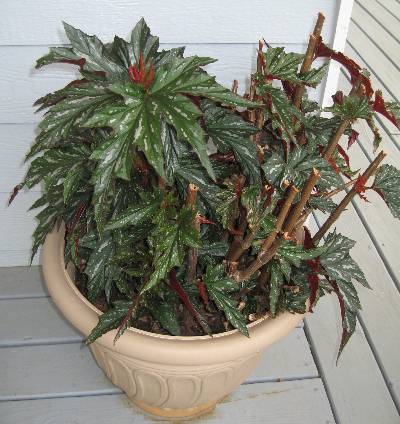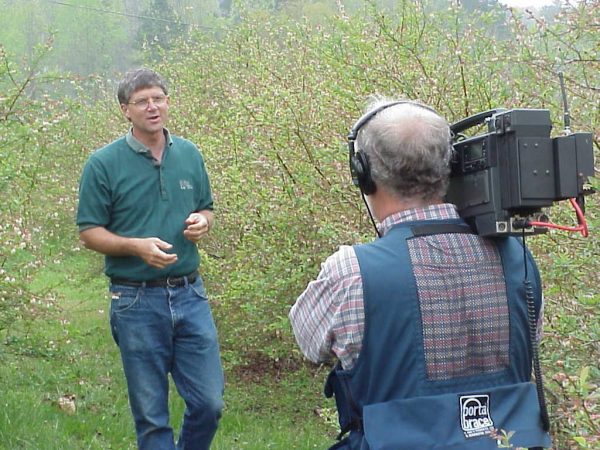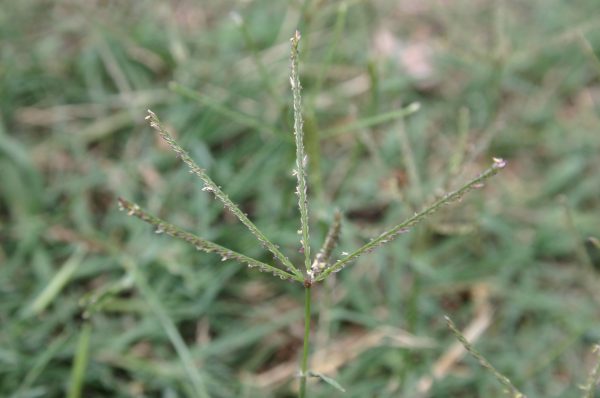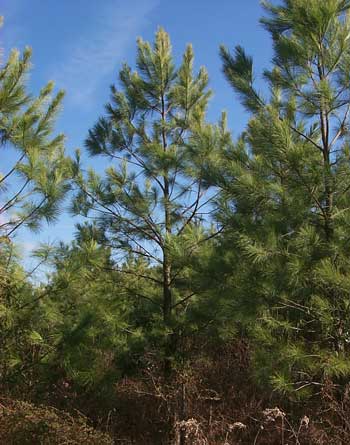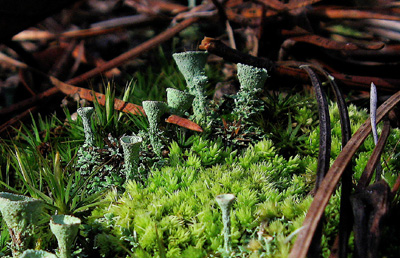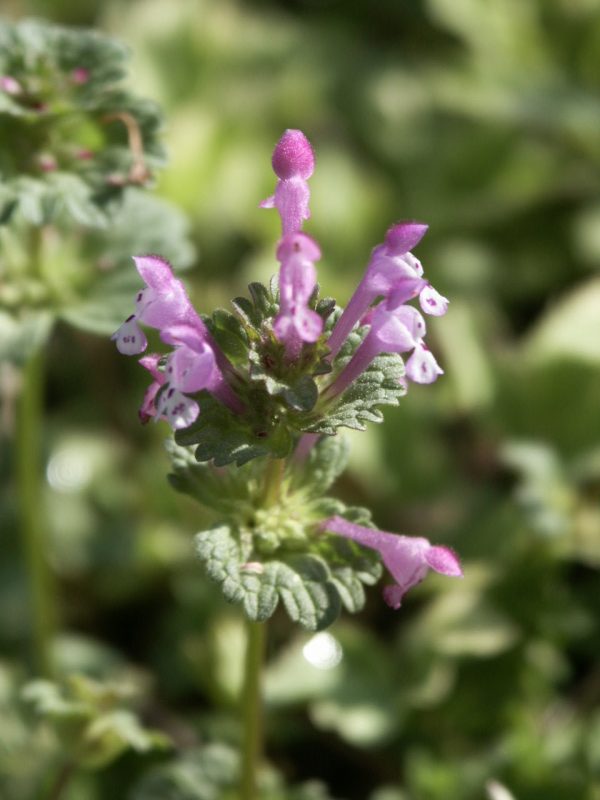Garden Phrases – Misunderstood
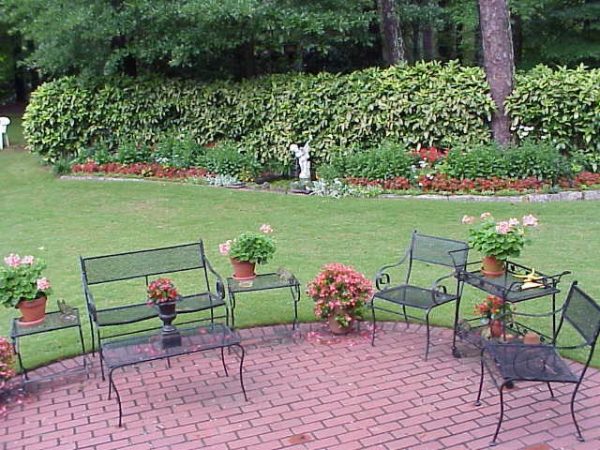
I was reading late at night recently when I came upon a phrase that chilled my soul: “Dress with dried blood to accelerate.”
Did it concern the latest Hollywood terror flick? Was it directions for driving a getaway car? Are fashion designers upping the ante on the catwalks of Milan?
Actually, none of the above. It came from a gardening tome published in the 1930’s and dealt with their notion of how to promote better peony growth with the addition of organic fertilizer. Unless you know the garden vernacular, your initial reaction might be the same as mine.
I relish telling a tale from several years ago when I gave a bag of bulbs as a housewarming gift to my friend Karl and his wife. Never having gardened before, they stared, big-eyed, at the assortment of daffodils and tulips I proffered.
“What should we do with them now?”, they inquired.
“Oh, just prepare a bed and put them in it”, I casually replied.
“Surely you don’t mean we have to SLEEP with them?!” they squealed in unison.
I quickly reassured them that “preparing a bed” was a gardening term and had nothing to do with their night time arrangements. Ever since, I have tried to keep them in mind when explaining garden tasks to beginners. I also keep in mind that we are ALL beginners at some aspect of gardening. Even garden experts might run across a term or phrase they’ve never encountered. Today, let’s examine some garden words and phrases that are commonly mis-interpreted.
PREPARE A BED Just as a lumpy mattress and thin covers make for a miserable night for a couple, heavy soil and skimpy mulch can make life miserable for a plant. Whether you’re planting bulbs, a butterfly bush or begonias, the roots of your plant MUST be happy in order for it to thrive. What makes roots happy? Organic matter!
Few gardeners have perfect soil in which to plant. Their soil may be too sandy, too wet, too dry or too full of clay. Mixing organic soil conditioner with the soil to a depth of eight inches or more makes good gardening soil out of the poorest dirt.
I have lots of clay in my landscape soil. When I prepare a bed, I spade up the existing soil as deeply as I can with a round-point shovel. Onto my loosened pile I pour a two cubic foot bag of soil conditioner for every ten square feet of bed. On top goes two bags of Quikrete All-Purpose Sand. I also scatter a pint of garden lime and a half-bag of hen manure on the site. My Mantis tiller makes short work of mixing it all together but, if the soil is moderately dry, a shovel is almost as fast.
I rake the bed smooth, stand back a minute to admire my handiwork and then drink some iced tea, secure in the knowledge that this PREPARED BED will be a happy home for anything I plant there.
WELL-DRAINED I was explaining to someone recently that flowering cherry trees absolutely require well-drained soil to succeed. “Well, that’s not a problem,” they responded, “I’m planting on a slope, so water drains right past it.”
“Sloping soil is usually poorly drained,” I replied. “Your cherry will be dead in a year if you plant it on that eroded clay bank.”
It is important to distinguish between surface drainage and soil drainage. Water inevitably flows down hill. That is surface drainage. Soil drainage, though, is what happens to moisture when it soaks through the earth around a plant’s roots. Roots must have oxygen around them. Clay and water in the soil cut off oxygen. Going back to my recipe for bed preparation above, notice the sand I added. It, plus the organic soil conditioner, helps water soak past roots underground. Once the water is gone, oxygen flows into the soil and roots take a happy breath of life.
THOROUGHLY WATER You’d think I would know better but this spring I learned even more about what thoroughly water means. I started two big flats of coleus and aster seeds, first filling the flats with seed-starting soil then scattering the seeds on top. I watered everything and waited seven days. The seeds sprouted out of the soil and I moved them under my PVC light stand to grow for a week.
A few days later, the seedlings began to wilt. I sprayed the soil until it was soggy on top. Next day, the seedlings were limp again. I sprayed again. Not until the third wilting did I think to check the soil under the seedlings after I sprayed. Was I surprised!! The top half-inch was wet – – but the bottom two inches were dry! I simply was not ^thoroughly watering^ the soil.
With predictions of summer drought and water restrictions looming, it is more important than ever to place water down where the roots can get it. Don’t turn off your hose just because the soil is soppy. Check with a trowel to make sure the earth is wet six inches deep. You might find, like I did, that your water isn’t penetrating as far as you think.
One rule of thumb is to give a plant one gallon of water per foot of height. Since a hose at full blast delivers five gallons per minute, you’d need to water a chest-high rose bush a full minute before moving to the next one. If you’re watering annual and perennial flower beds, spend sixty seconds watering every ten square feet of bed area.
Garden words that seem to mean one thing may actually mean something else. To keep your garden happy, you have to learn the language of gardeners and properly apply the words to your outdoor tasks.




